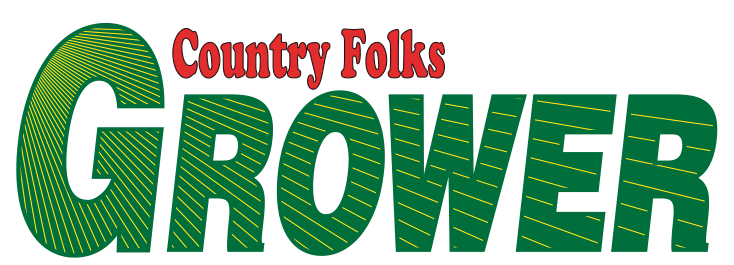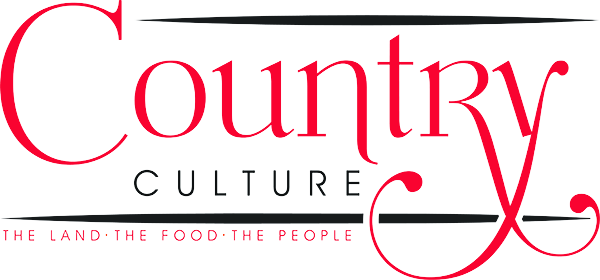Shaving Christmas tree costs with Shropshires
People have occasionally looked at Elise and Jeff Koning in astonishment when they talk about grazing sheep in Christmas trees. Sheep are notorious for eating trees and shrubs. In Europe, however, grazing trees, orchards and vineyards with sheep is a standard management practice. What these astounded people don’t realize is that this practice requires a special breed – Shropshires.
There is a dearth of information in the U.S. about grazing Shropshires within agricultural production systems, so the Konings decided to conduct their own research. In 2024, with the financial assistance provided by a two-year Sustainable Agriculture Research & Education (SARE) grant, the Konings started rotationally grazing their Shropshire flock in a section of their Christmas trees. Their 12-acre farm, Sylvanmore, is in Tangier, IN.
One of their goals with the SARE project is to figure out how to make the best use of their limited land base. If the Konings can successfully graze sheep in the Christmas trees, then it could potentially reduce the amount of land dedicated exclusively to the sheep, and they might be able to increase their Christmas tree production. Another goal is to compare the costs associated with grazing vs. traditional Christmas tree management.
“We want to know, is this a realistic thing to do? Can this actually work? Is this economical?” Jeff said.
To answer these questions, the Konings split one acre, containing 800 second-year Christmas trees, in half. One half was their control, which they managed conventionally by mechanically mowing, spraying herbicide and spreading mulch. In the experimental half, they rotationally grazed five Shropshires in portable electric netting powered by a solar charger. They rotated through 10 50-by-90-foot paddocks. To supply water, they placed a water tub on a low hay wagon to avoid having to move hoses. Incidentally, the trailer ended up being an important source of shade.
Shropshire sheep originate from the hills of Shropshire, England when, in the 1840s, sheep breeders began to cross the native black-faced sheep with improved Southdown, Leicester and Cotswold sheep. The breed was imported into the U.S. in 1855. Elise said they are good mothers and have a calm temperament. It’s unclear why the breed isn’t attracted to trees and bark, but in their experiment, the Konings found it held true. The sheep did not eat their young trees.
Elise said, “They’ve been pretty chill about being out in the Christmas trees and this new adventure. I’ve seen them several times when I enter the patch, and they get up from the hay wagon. They seem to know where the trees are because they kind of sidestep around them.”
Jeff noted that in the future he would avoid putting sheep in with the Christmas trees during breeding season. The Konings lost some trees due to the sheep bumping into them and breaking branches when they became more interested in breeding than being mindful of the saplings.
Another lesson learned from their first season of grazing was that it was difficult to time their rotations, especially during spring when the grass grows rapidly. Frequently, the growth of the weeds would surpass the height of the small trees. They could have mitigated this by leaving the sheep in the paddock for a longer period of time, but then the next paddock would get too tall. Or they could have increased their stocking rate. Because of the weed pressure, the Konings feel that some trees did not live up to their growth potential.
In 2025, they decided to graze the sheep in older trees because they are better able to cope with weed pressure. “We envision that trees that are only one or two years in the ground will always need the conventional methods because they become quickly overtopped,” Jeff said.
While they’ve discovered that young trees may be best left to conventional management methods, the Konings could still graze the trees after year three or four, up until the trees are ready for harvesting.
They also observed less vole and gopher pressure, which can cause significant damage to trees, in the experimental plot. This is just an anecdotal observation, Jeff stressed, but it could be an additional benefit of integrating Shropshires into Christmas tree production.
Although the Konings carefully tracked costs like labor and materials associated with grazing vs. nongrazing, they feel like they need a few more seasons of grazing in the trees to come to any definite economic conclusions. For instance, they think that they can increase their stocking rate, and ultimately more sheep could mean more revenue through lamb, wool and meat sales. Over time, the fertility provided by the sheep could also reduce the amount of purchased fertilizer.
This study, like any conservation or sustainability practice, the couple said, requires a longer timeline to see definitive results.
“This is a good chance to keep that conversation going as to how we can use our land and labor efficiently. How can we cut down on some of our input costs? Farming is in a tough time right now, and perhaps integrations can help make our lives a little bit easier,” said Elise.
by Sonja Heyck-Merlin




